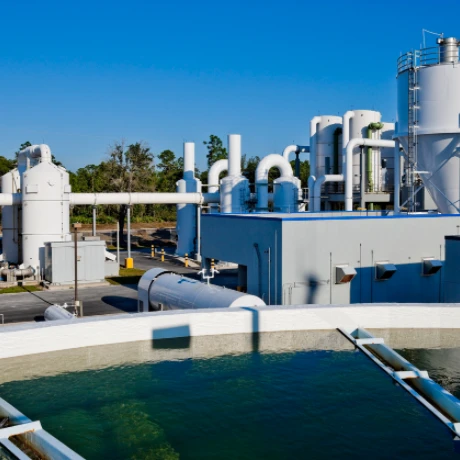



polyacrylamide in water
The Role of Polyacrylamide in Water Applications
Polyacrylamide (PAM) is a versatile polymer widely used in various water-related applications due to its unique properties that enhance the efficiency of water treatment processes. This synthetic polymer, made from the monomer acrylamide, has gained significance in both industrial and environmental sectors. Understanding its characteristics and applications can reveal its potential benefits and implications for water management.
The Role of Polyacrylamide in Water Applications
Moreover, polyacrylamide is crucial in the management of soil erosion. In agricultural settings, it can be applied to the soil to improve water retention and reduce erosion by promoting better structure and stability within the soil. By forming a gel-like consistency when mixed with water, PAM helps hold soil particles together, creating a more cohesive structure that can withstand heavy rainfall and runoff. This application is particularly beneficial in regions prone to drought and flash floods, as it aids in maintaining soil moisture levels and improving crop yield.
polyacrylamide in water

PAM is also used in oil and gas extraction processes. In enhanced oil recovery (EOR) techniques, polyacrylamide serves as a thickening agent in water, improving the mobility of oil within the reservoir. By modifying the viscosity of the water injected into oil wells, PAM helps to push the oil towards the production wells, thereby increasing the overall efficiency of oil extraction.
Furthermore, the environmental implications of polyacrylamide are noteworthy. While PAM is considered to have a low toxicity level in its polymerized form, the monomer acrylamide itself is a neurotoxin and a potential carcinogen. Therefore, it is vital to manage the concentration of PAM used in applications carefully. Regulatory agencies have established guidelines to ensure that the use of polyacrylamide does not pose risks to human health or the environment.
In addition to its practical applications, ongoing research aims to develop biodegradable forms of polyacrylamide, which could further minimize environmental impact. Researchers are exploring the synthesis of natural polymer alternatives that offer similar benefits without the associated risks.
In conclusion, polyacrylamide plays a significant role in enhancing water treatment processes, reducing soil erosion, and improving oil recovery methods. As we continue to seek solutions for efficient water management and environmental sustainability, understanding the applications and safe usage of polyacrylamide is essential. Its potential to contribute to effective water management systems underscores the importance of advancing research and development in this field.
-
Why Sodium Persulfate Is Everywhere NowNewsJul.07,2025
-
Why Polyacrylamide Is in High DemandNewsJul.07,2025
-
Understanding Paint Chemicals and Their ApplicationsNewsJul.07,2025
-
Smart Use Of Mining ChemicalsNewsJul.07,2025
-
Practical Uses of Potassium MonopersulfateNewsJul.07,2025
-
Agrochemicals In Real FarmingNewsJul.07,2025
-
Sodium Chlorite Hot UsesNewsJul.01,2025










